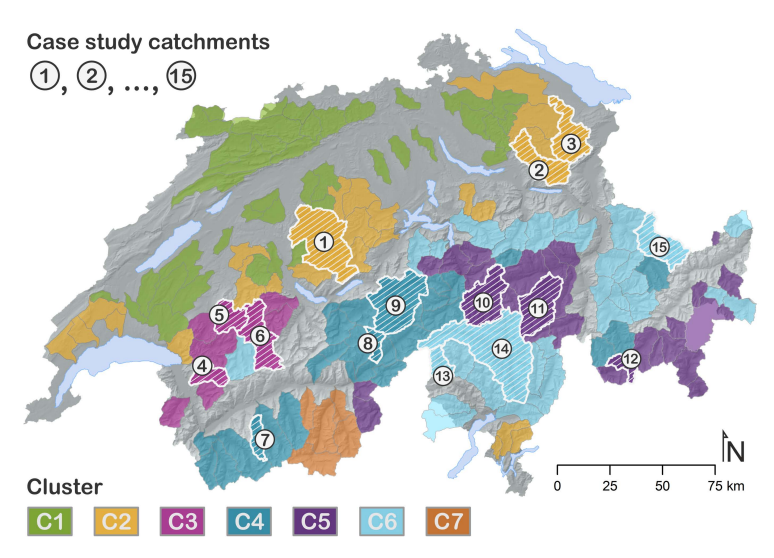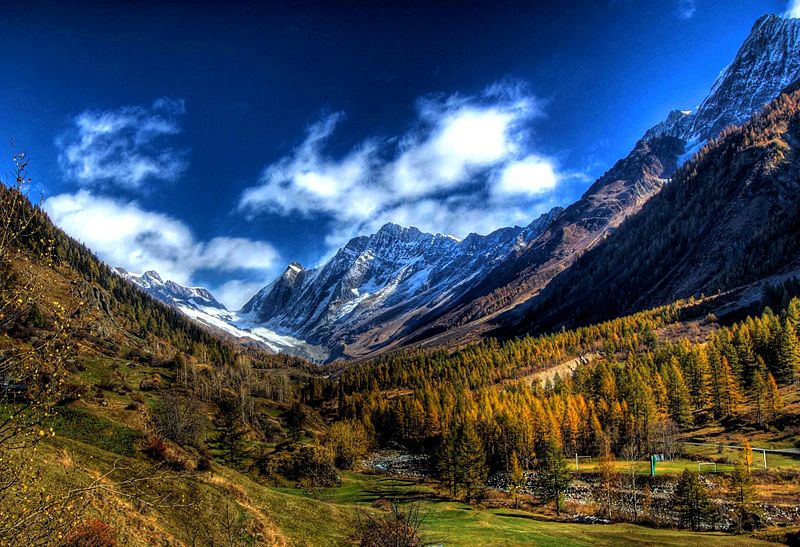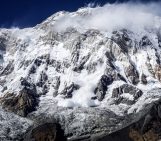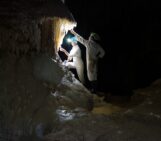A new hydrological climate-impact study by Nina Köplin and colleagues, in the European Geosciences Union journal Hydrology and Earth System Sciences, investigates the impacts of climate change on forest expansion and glacier retreat in Switzerland. This study raises important questions as to whether or not land cover changes should be considered as climate change impacts on hydrological systems, Nina Köplin explains that “impact has to be considered in future planning to prepare and adapt to that change”. The study aimed to determine how changes in forest and glacier area in Switzerland would affect hydrological changes caused by changes in climate.
The Swiss government are working towards a national adaptation strategy as part of the United Nations Framework Convention on Climate Change, as directed by the Bali Action Plan. This research forms one part of this adaptation strategy.
This study builds on Köplin’s earlier work, which lays the foundations for their most recent paper, and clearly identifies both climatic, and non-climatic, variables. In the latest study Köplin and her team modelled and analysed a comprehensive set of 15 mesoscale catchments (1-100,000 square kilometres) in Switzerland to explore the impact of glacier retreat and forest change on hydrology in a changing climate.

The spatial distribution of the case study catchments and their clustering is shown on the map. Of the seven clusters, C2 to C6 showed the most sensitivity to climate change. (Credit: Köplin et al. 2013)
Trees and other vegetation are not expected to respond immediately to changes in hydrology and temperature, and hence range shifts are expected to be slow. Therefore Köplin only assessed the impacts of climate change on land cover at the end of the century (2074-2095).
The team used the A1B scenario, outlined in the IPCC’s Special Report on Emission Scenarios. The A1B scenario describes a future world of very rapid economic growth, where global population peaks mid-century and declines thereafter, and more efficient technologies are rolled out.
I asked Köplin why they only used one scenario; she explained that it’s only one step in a larger process and that “assessing only one emission scenario in impact studies means also assessing only one of many possible futures. So the next logical step would be to also study the impact of both severer and less strong greenhouse gas increases”.
In order to determine the extent of glacier retreat the team used the glacier’s equilibrium line altitude (ELA). The ELA is the altitude at which the mass balance of a glacier is zero, or in other words, where the rate of ice accumulation is equal to the rate of ice loss (ablation). As temperature rises, so does the ELA.
In order to model future changes in forest cover the team devised three scenarios: tree line increase, land abandonment, and no change but an increase in soil depth. Glacier change was also taken into consideration, but unlike changes in forest cover, glaciers influence runoff, producing additional runoff as they melt. However, when all of the catchments were analysed they discovered that the effects of hydrology are highly dependent on altitude. Thus, in each catchment, the effects of glacier change, climate change, and forest cover will have varying impacts on hydrology.
Köplin found that whilst runoff decreases, and forest area increases. The reduction in runoff is insignificant, but when the effects of climate change are included the effects are more significant than they initially thought. Glacier retreat has a stronger impact runoff than forest cover, but only in catchments where glaciers comprised over 10% of the area.

The Swiss Alps. (Credit: Wikimedia Commons user johnw)
Climate change, as the initial results indicated, proved more decisive in changing runoff patterns, but also provided the main source of uncertainty regardless of the fact that they sampled one aspect of uncertainty; the A1B emission scenario.
As with any climate-impacts study the team reflected on areas of weakness and identified potential areas to improve the robustness and validity of their work. For instance, they highlighted the limitation imposed by the climate scenarios not being able to take account of feedbacks between the land cover and climate. However, it was the forest scenarios themselves which proved to be the canary in the coal mine. They had anticipated that forest growth would proceed under “perfect conditions” – this was slightly optimistic; as it meant forest growth was too high. Under most conditions forests will not grow beyond 2550 metres above sea level due to soils not being fully developed, or to thin, and increasingly steep gradients that simply will not support tall trees. Lastly, the forest scenarios themselves only consider changes in temperature increases and not changes in precipitation. They also failed to take account of exogenous events like avalanches and mudflows.
Thus, we are presented with results that indicate the top-down effects of climate change, altered forest cover and glacier change on hydrology. The team have identified areas for improvement, such as incorporating flexible feedbacks between plants and hydrology, and also a landscape evolution model. However the role of parameterisation is quite insignificant, compared to other variables, as Köplin explains, “there are several studies that try to consider as many uncertainty sources of the (hydrological) impact modelling chain as possible. Those studies that also include the hydrological model parameters suggest that this uncertainty source is by far less important compared to the emission scenario, the GCM or the downscaling procedure”.
The team have used an ensemble of models and their findings apply to hydrological projections under mid-latitude, humid conditions, in a mountainous environment where precipitation far exceeds evapotranspiration. They have also identified where a similar approach can be used next: in a continental setting, or in assessing the impact of climate-induced land cover changes on river flow. Regardless of what they decide the study will contribute immensely to our understanding of climate-impacts in mountainous regions, and will allow governments and peoples across the world to successfully adapt to the effects of climate change.
By Alexander Stubbings, Freelance Science Writer
Reference:
Köplin, N., Schädler, B., Viviroli, D., and Weingartner, R.: The importance of glacier and forest change in hydrological climate-impact studies, Hydrol. Earth Syst. Sci., 17, 619-635, 2013




